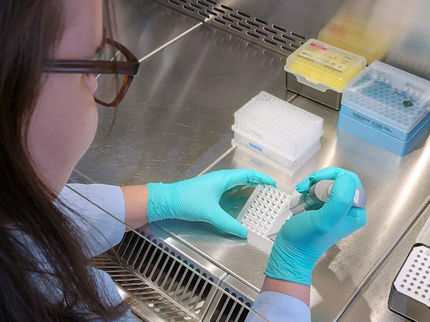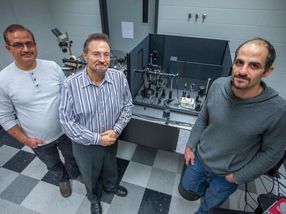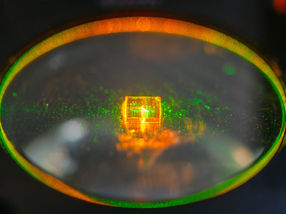A Small Piece Of Jurassic Park
DNA extracted from insects embedded in resin
For the first time, Senckenberg scientist Mónica Solórzano-Kraemer, together with lead authors David Peris and Kathrin Janssen of the University of Bonn and additional colleagues from Spain and Norway, successfully extracted genetic material from insects that were embedded in six- and two-year-old resin samples. DNA – in particular, DNA from extinct animals – is an important tool in the identification of species. In the future, the researchers plan to use their new methods on older resin inclusions as well.
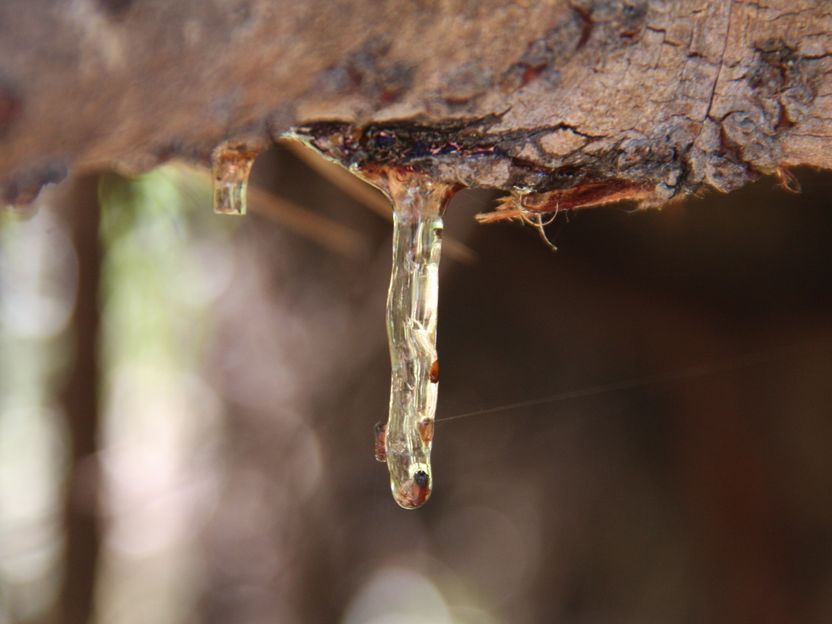
The resin of the anime trees from Madagascar can preserve insects and their DNA for several years.
Xavier Delclòs
Insects embedded in resin whose genetic material will be extracted for research purposes – this idea inevitably invokes memories in many readers of the blockbuster “Jurassic Park.” “However, we have no intention of raising dinosaurs,” laughs Dr. Mónica Solórzano-Kraemer of the Senckenberg Research Institute and Natural History Museum, and she continues, “Rather, our current study is a structured attempt to determine how long the DNA of insects enclosed in resinous materials can be preserved.”
To this end, lead author Dr. David Peris of the University of Bonn, the amber researcher from Frankfurt, and researchers from the Universities of Barcelona and Bergen and the Geominero Museum (IGME) in Valencia examined the genetic material of so-called ambrosia beetles that were trapped in the resin of amber trees (Hymenaea) in Madagascar. “Our study fundamentally aimed to clarify whether the DNA of insects embedded in resin continues to be preserved. Using the polymerase chain reaction (PCR) method, we were able to document that this is indeed the case in the six- and two-year-old resin samples we examined,” explains Solórzano-Kraemer.
To date, similar tests of inclusions in several million-year-old amber and several thousand-year-old copals had failed, since more recent environmental impacts had caused significant changes to the DNA of the embedded insects or even destroyed it. Therefore, resin-embedded samples were deemed unsuitable for genetic examinations.
Solórzano-Kraemer adds, “We were now able to show for the first time that, although it is very fragile, the DNA was still preserved in our samples. This leads to the conclusion that it is possible to study the genomics of organisms embedded in resin.”
It is still not clear just how long the DNA can survive inside the resin. To address this question, the researchers plan to apply the method in a stepwise fashion from the most recent to the oldest samples to determine the “shelf life” of the resin-embedded DNA.
“Our experiments show that water in the inclusions is preserved much longer than previously assumed. This could also affect the genetic material’s stability. The extraction of functional DNA from several million-year-old amber is therefore rather unlikely,” adds Solórzano-Kraemer in conclusion.
Original publication
Other news from the department science
Most read news
More news from our other portals
See the theme worlds for related content
Topic World PCR
This groundbreaking and highly versatile molecular technique of PCR allows us to amplify tiny amounts of genetic material on a large scale and analyze them in detail. Whether in medical diagnostics, forensic DNA analysis or research into genetic diseases - PCR is an indispensable tool that gives us deep insights into the world of DNA. Immerse yourself in the fascinating world of the polymerase chain reaction (PCR)!
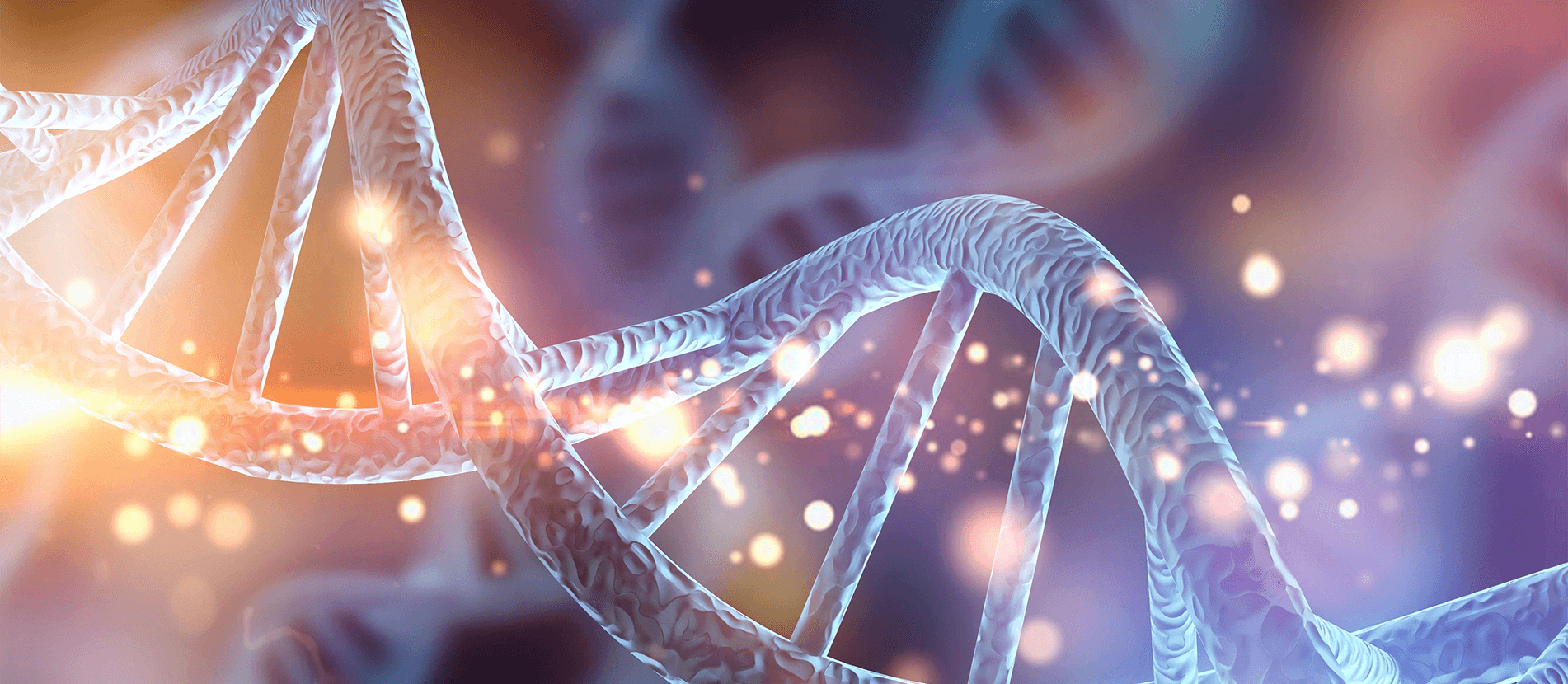
Topic World PCR
This groundbreaking and highly versatile molecular technique of PCR allows us to amplify tiny amounts of genetic material on a large scale and analyze them in detail. Whether in medical diagnostics, forensic DNA analysis or research into genetic diseases - PCR is an indispensable tool that gives us deep insights into the world of DNA. Immerse yourself in the fascinating world of the polymerase chain reaction (PCR)!
